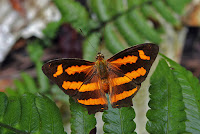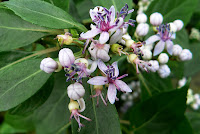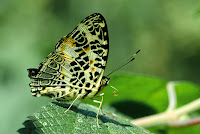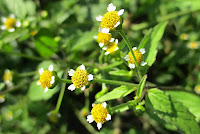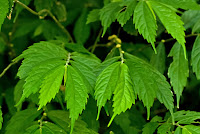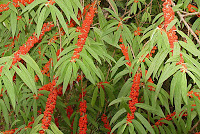<> Symbrenthia hypselis (Godart,1824) <>
the Himalayan Jester ผีเสื้อลายตลกหิมาลัย
Click on any photo to see large version
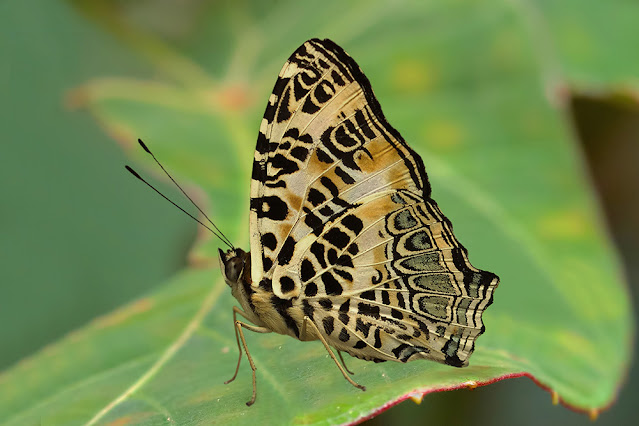
Photo taken at Doi Suthep-Pui National Park, Chiang Mai, Thailand. 720m a.s.l.

Found in most countries across the region but is not particularly common. There is little visual difference between the sexes. It is usually seen in open areas within the forest and often near streams. It is however one of those species about which little is known and more research is needed. Multivoltine with several broods per annum.
Synonyms and previously used names: Vanessa hypselis, Symbrenthia sinis
Taxonomy: Animalia - Arthropoda - Insecta - Lepidoptera - Nymphalidae - Nymphalinae - Symbrenthia - hypselis
Regional Distribution: India, Nepal. Bhutan, Myanmar, Thailand, Laos, Cambodia, Vietnam, China, Taiwan, Malaysia, Indonesia, Philippines
Habitat: open forest, bamboo forest, and shrubland, up to 2400m a.s.l. Wingspan: 50-65mm
Flight time: all year, depending on location
Larval Hosts: Debregeasia longifolia, Elatostema hookerianum, Elatostema lineolatum, Oreocnide frutescens, Pouzolzia sanguinea (Urticaceae). Hosts used depends upon location and availability of plant species.
Adult Food Sources: Nectar - Galinsoga parviflora (Asteraceae), Cyananthus incanus (Campanulaceae), Rhododendron grande (Ericaceae), Jasminum dispermum (Oleaceae), Coelogyne cristata (Orchidaceae), Wendlandia coriacea (Rubiaceae). Other - mud puddling, animal dung.
Links to other pages in this series for species in the same subfamily
Junonia atlites
Junonia orithya
Symbrenthia hypselis Yoma sabina

